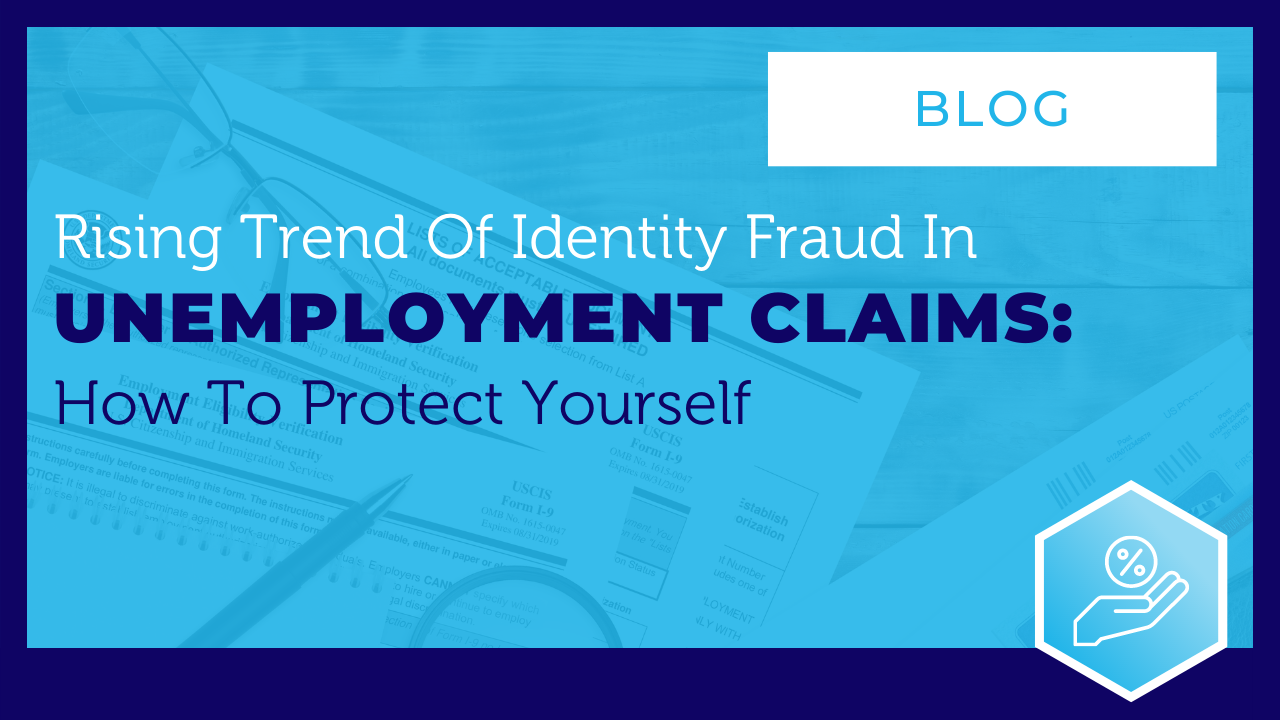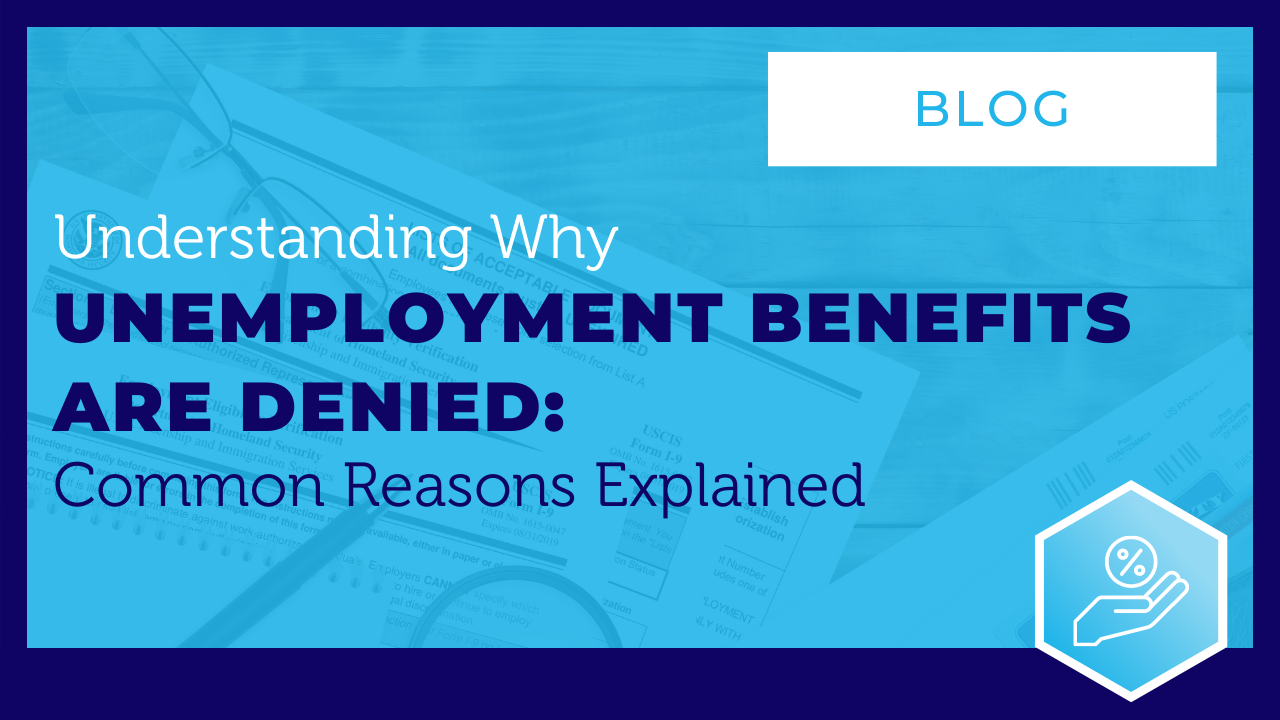Tips to Avoid Form I-9 Compliance Violations
Tips for ensuring compliance and minimizing your risk of lofty Form I-9 fines & audits.

The Immigration Reform and Control Act of 1986 was introduced almost four decades ago. However, many employers still face challenges in avoiding Form I-9 compliance violations and fail to understand the potential impact on their businesses. Negligence can result in a broad range of I-9 compliance violations, leading to costly penalties imposed by the U.S. Immigration and Customs Enforcement (ICE).
Establishing a Detailed and Comprehensive Policy:
Immigration compliance is essential for businesses to prevent costly errors, improve I-9 administration, and minimize the risk of future violations. Therefore, it's essential to establish a detailed and comprehensive policy and adhere to it.
Technical Form I-9 Compliance Violations:
Inaccuracies in maintaining Form I-9 administration can lead to warnings, administrative fines, penalties, and even criminal prosecution. ICE may identify technical and substantive violations, which can happen due to errors or omissions in Form I-9 administration.
Substantive Form I-9 Compliance Violations:
Substantive violations are more than omissions, and their correction may not be possible. They may occur when the employer fails to prepare or present the I-9 on time, neglects to sign or date the attestation or document, or fails to secure a proper List A document or proper List B and List C documents.
Non-Compliance Leads to Penalties:
The ICE increased the scope and frequency of I-9 inspections, resulting in civil and criminal penalties for violations. The fines range from $272 to $2,701 per violation for I-9 paperwork violations, and the penalty increases with each repeated violation. Employers may also face higher fines if they knowingly hire or continue to employ workers without work authorization.
How to Remain Compliant:
To ensure compliance, employers need to establish and maintain effective I-9 policies, use E-Verify, and prepare for strict ICE inspections. Automating the process through a compliant I-9 software like Clear I-9 can minimize risk by monitoring employment authorization expiration dates, storing I-9 forms, and utilizing E-Verify in a secure way.
Employers need to take Form I-9 compliance seriously to avoid costly penalties and criminal prosecution. By adopting a digital solution and following the regulations updates, employers can avoid both common and complicated Form I-9 compliance violations and improve their operations, securing significant savings.


